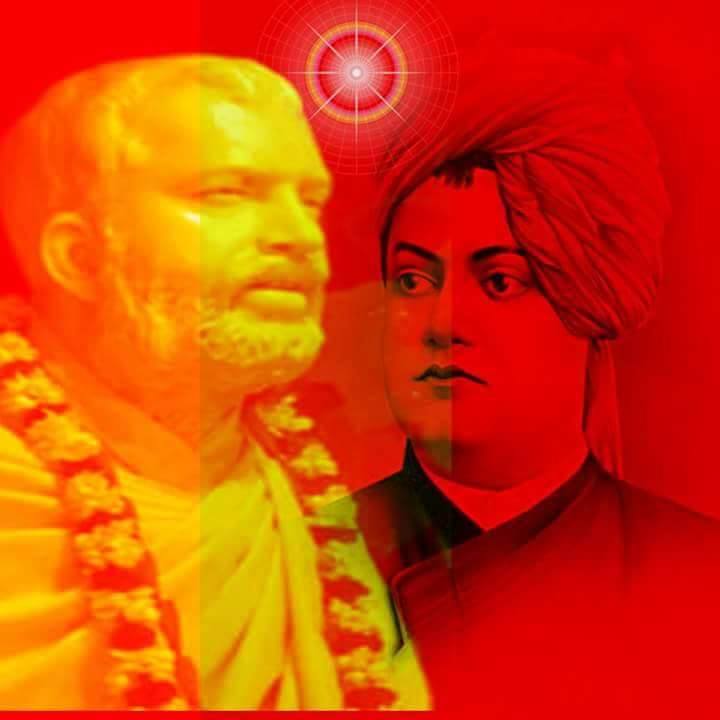Jnana-Yoga :3.5.

CHAPTER - 3. MAYA AND ILLUSION - 5. ( Delivered in London ) If the theory of all-pervading life failed as a theory of this universe, it would not mean anything more if worked out in detail, for the details do not change the principle of the universe. What I mean is that in their inquiry into the principle, the Hindu thinkers were as bold, and in some cases, much bolder than the moderns. They made some of the grandest generalizations that have yet been reached, and some still remain as theories, which modern science has yet to get even as theories. For instance, they not only arrived at the ether theory, but went beyond and classified mind also as a still more rarefied ether. Beyond that again, they found a still more rarefied ether. Yet that was no solution, it did not solve the problem. No amount of knowledge of the external world could solve the problem. Swami Vivekananda To be continued ....






